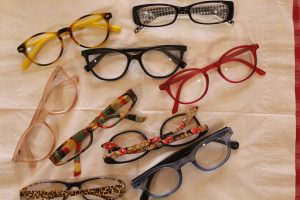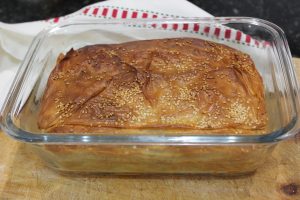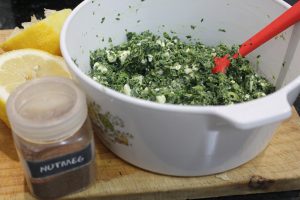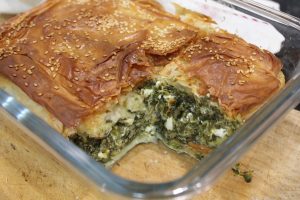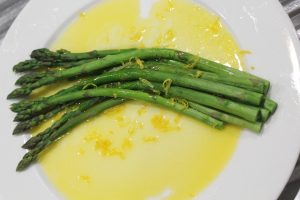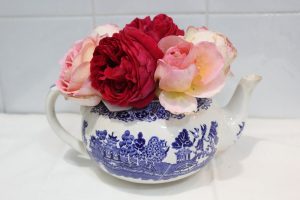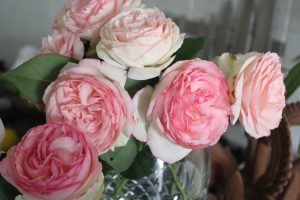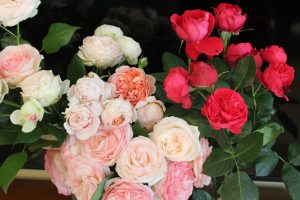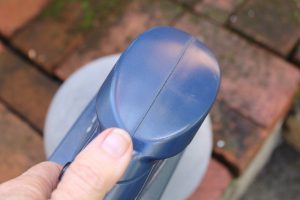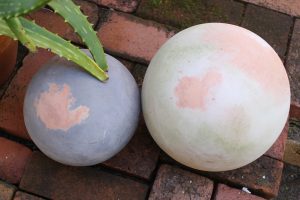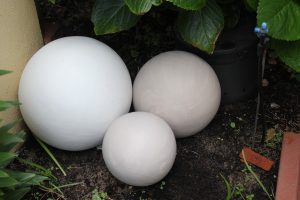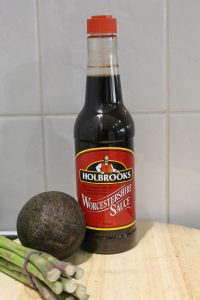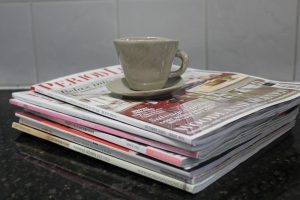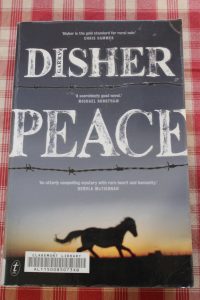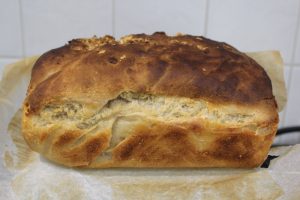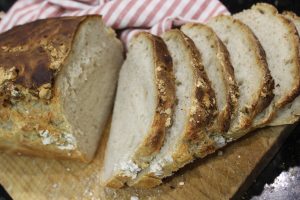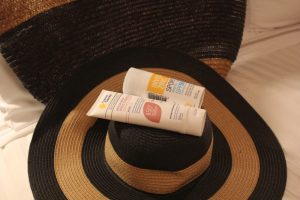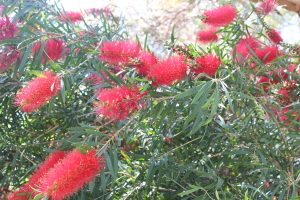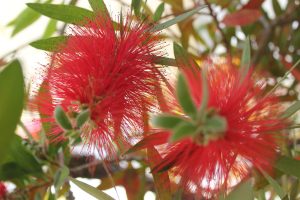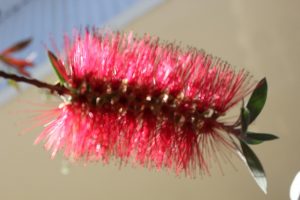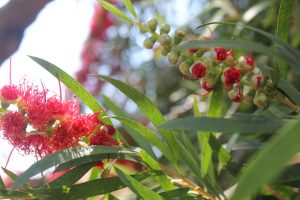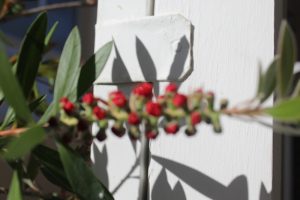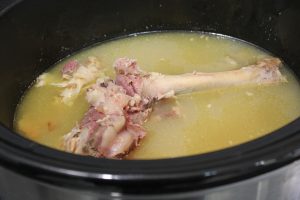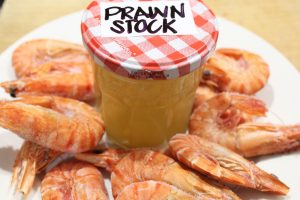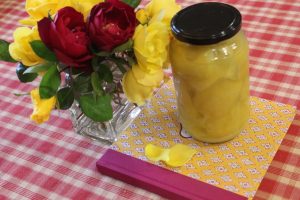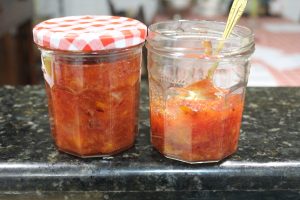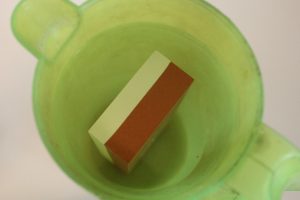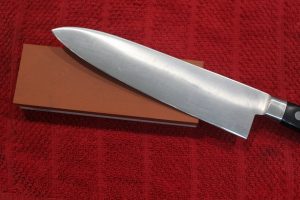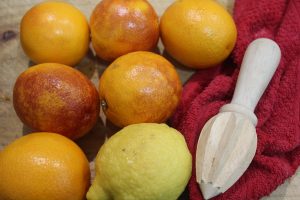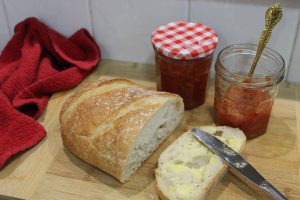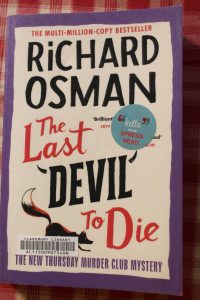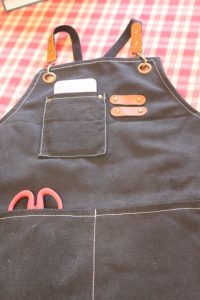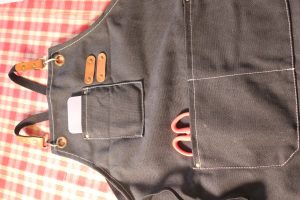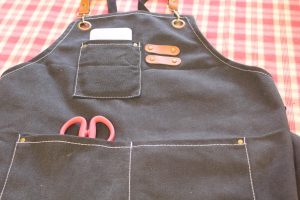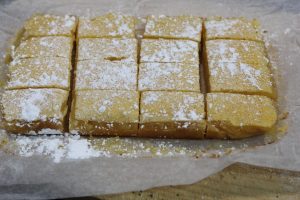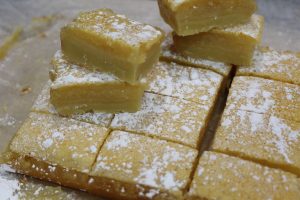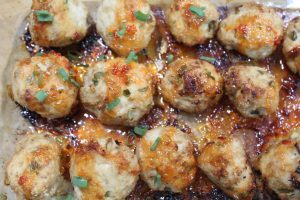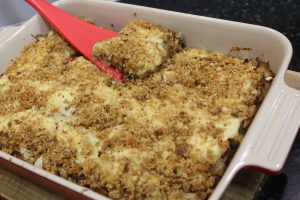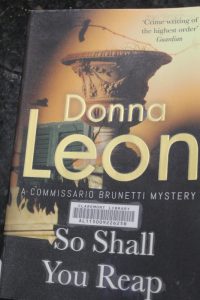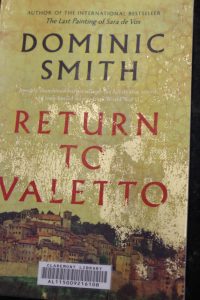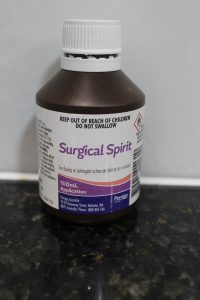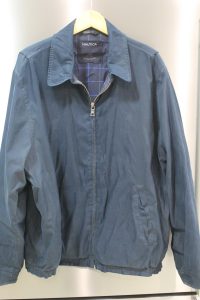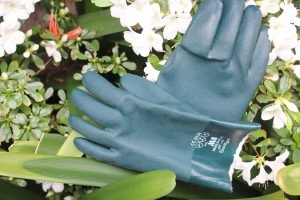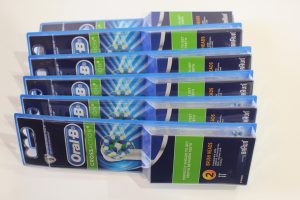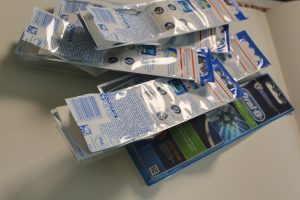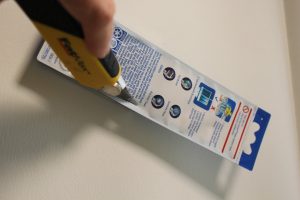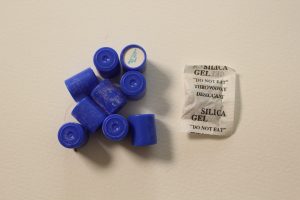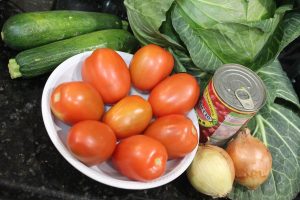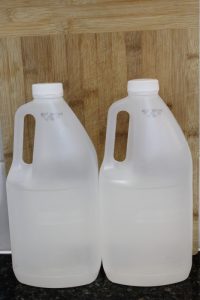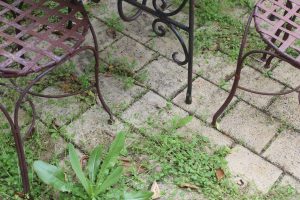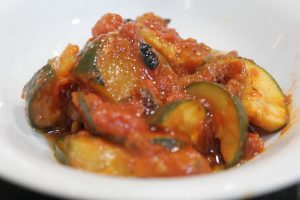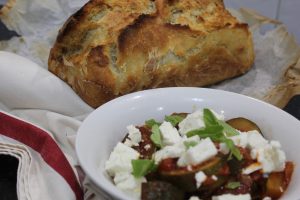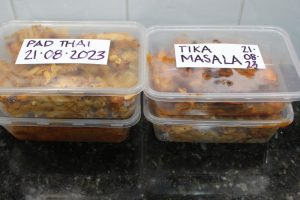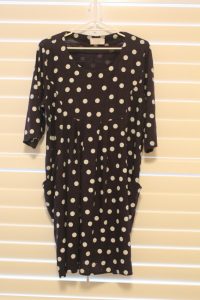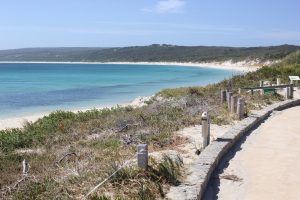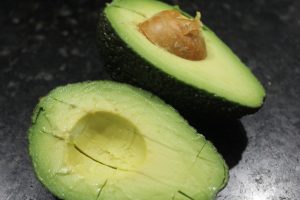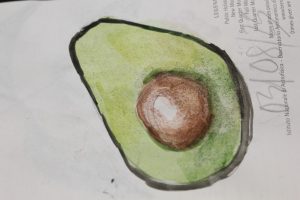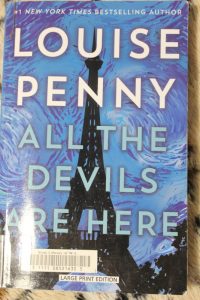Reading
Being restricted to large print books meant I explored a whole new area of the library in the past six months. I was surprised at the number of romances published in large print but also found some thrillers before almost totally gravitating to the non-fiction section. Found some great biographies. The latest was William Miller’s Gloucester Crescent : Me, My Dad and Other Grownups.
His mother was a doctor as was his father who was also known for being a famous satirist, opera director, documentary producer and writer. They lived in Gloucester Crescent (where the author and his family now live ) surrounded by other very relaxed, radical, left wing, anti-establishment, affluent, well known actors, producers, authors and philosophers.
William relates his story from age 11 to age 54 and it is quite amazing. His neighbours, including Alan Bennett*, have featured in their own books from this time and I have previously read several of them. Child rearing was pretty relaxed ( Miller says laissez faire) and the children drifted from one house to another. William doesn’t do well at school but years later ends up in a business partnership with Nigella Lawson, producing her television programs and merchandise. They had been childhood friends due many affairs, divorces, marriages and other arrangements resulting in shared holiday houses and some other pretty bizarre situations.
A record of a different time, it is fascinating to read about the over lapping lives of so many creative people such as Allan Bennett, John Cleese, Oliver Sacks, A.J. Ayers, the philosopher, Shirley Conran, VS Pritchett and a plethora of other famous people. I couldn’t put this book down but the minute I finished it my husband began reading it and is now recommending it to his friends.
* Allan Bennett Lady In The Van
* Nina Stibbes Love, Nina
pottering
I like painting and little craft projects requiring paper and glue. I have a serious collection of papers, card, paints, glues for all occasions and scissors, trimmers and lots of other useful things. I have been really restricted in what I can do because my eyesight was so poor. I haven’t painted for some months. I used to paint almost daily.
As the date for my eye surgery approached, I kept planning all the Christmas crafts I’d like to do as soon as I could see. Bought myself an Advent calendar from an office supply shop. Each of the 24 windows has an ‘arty’ surprise. I know it meant for Christmas but I really wanted some little activities I could do quickly and might not normally do.
The first treat, day 1, was a fine tipped gold pen. Now I can read the calendar I had a lovely time writing notes and reminders. Very pretty. My next surprise was oven cured clay. I used to make Christmas ornaments with the children at school using this product. There were two tiny blocks of clay, one red, one green, so, of course I made mistletoe. So easy, so sweet.
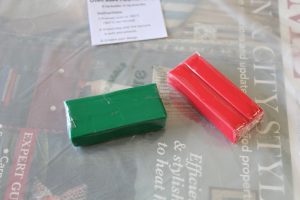

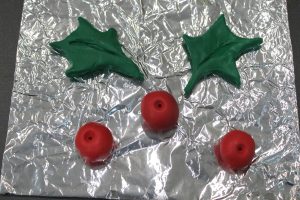

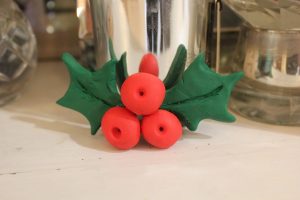

The next treat was a tube a green acrylic paint and straight away I thought of gum leaves. I don’t open a box every day because I have so many other things I want to do, now that I can, but it is a lot of fun. Anyway, as soon as I unscrewed the cap I knew gum leaves and that green wouldn’t work! The next box I opened two days later had a little canvas, so I used the green to paint a Christmas wreath and put it on a small easel.
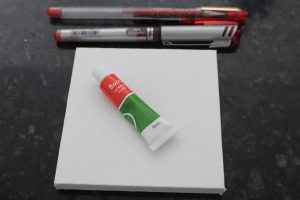

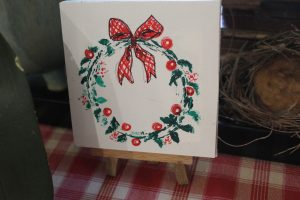

I’ve cooked more spanikopita, too, not just because we really enjoyed the last lot but I’m trying to avoid food waste. I’ve bought phyllo pastry before, used it for one thing and put it back in the freezer. When I’ve suddenly thought I should use it the sheets had cracked on the folds and gone dry. Not good. I also buy the pastry you store in the fridge, now, not the freezer.
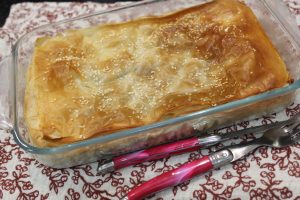

Still making this German version of potato salad. The cooked potatoes are doused in vinegar and turned regularly until it is all absorbed, then a dressing of vinegar, Dijon mustard and chopped fresh herbs is stirred through then it goes into the fridge until the next day. I use whatever herbs are in abundance in the garden.
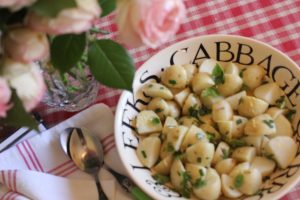

At the moment I’ve got lots of chives. Until we lived in China for a few years chives didn’t really feature in our house, now I use them all the time. Same with ginger. I liked gingerbread, a little bit of ginger in some savoury dishes, but I didn’t use it very often. Now fresh ginger, preserved stem ginger, glace ginger and powdered ginger feature regularly. Same with chilies.
My Mother grows tiny, sweet cherry tomatoes from the seeds she collects at the end of the previous season. They explode in your mouth and taste like summer. I squashed two cherry tomatoes from her plant onto a paper towel and left them to dry. Later I prepared six little pots to bury the soaked, then cut up, paper towel and left them to see what happens. I like to get tomatoes going in small pots then plant them in a bed or a bigger pot. Then it’s me versus the water rats to see who will get the fruit. I have a big, chicken wire cage to protect the tomatoes. Very unattractive but does the job.
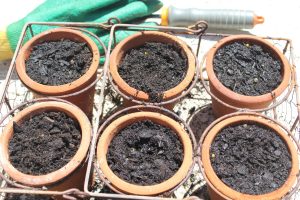

I really like my new gardening apron but didn’t have anywhere to hang it in the laundry. I wanted it near the back door. Our laundry is really small so I solved the problem by putting a hook inside a cupboard door just near the door going out into the garden. Perfect!
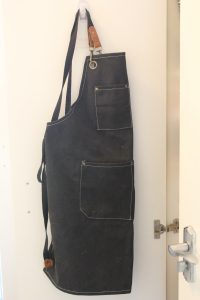

Out of the way but easy to grab on the way out the door. Perfect.

